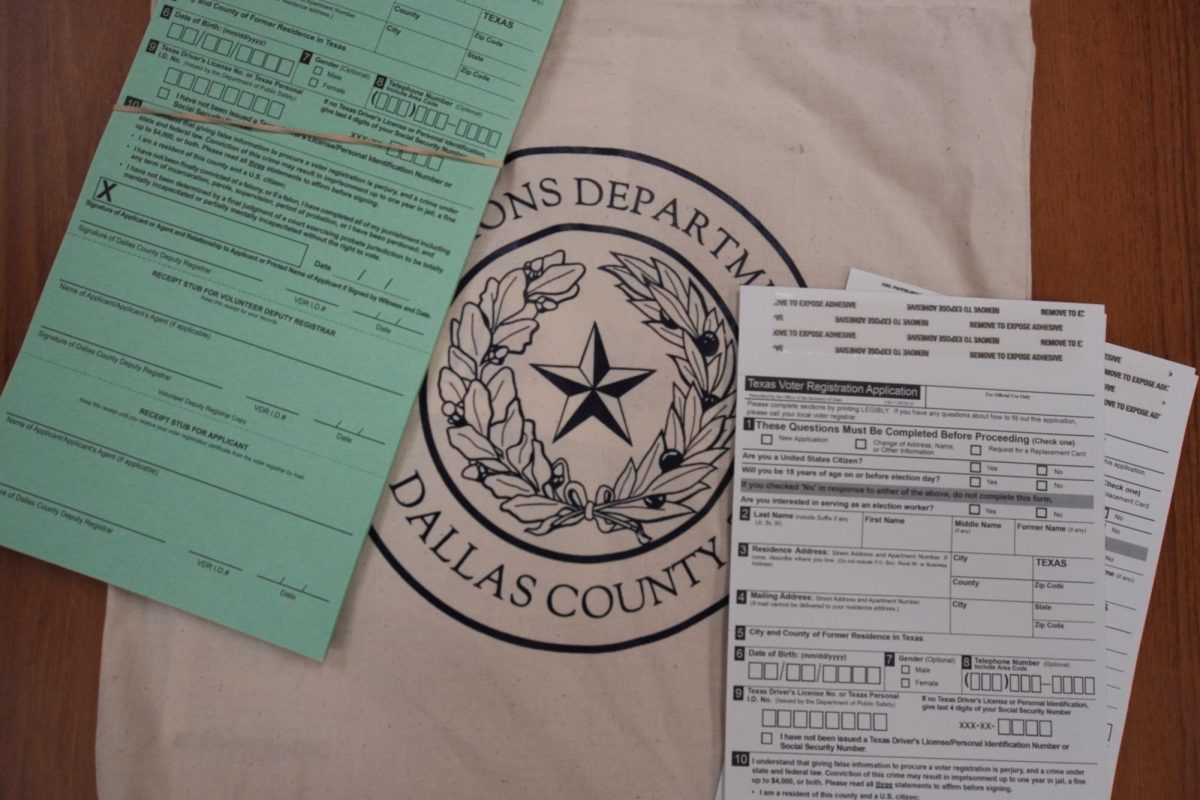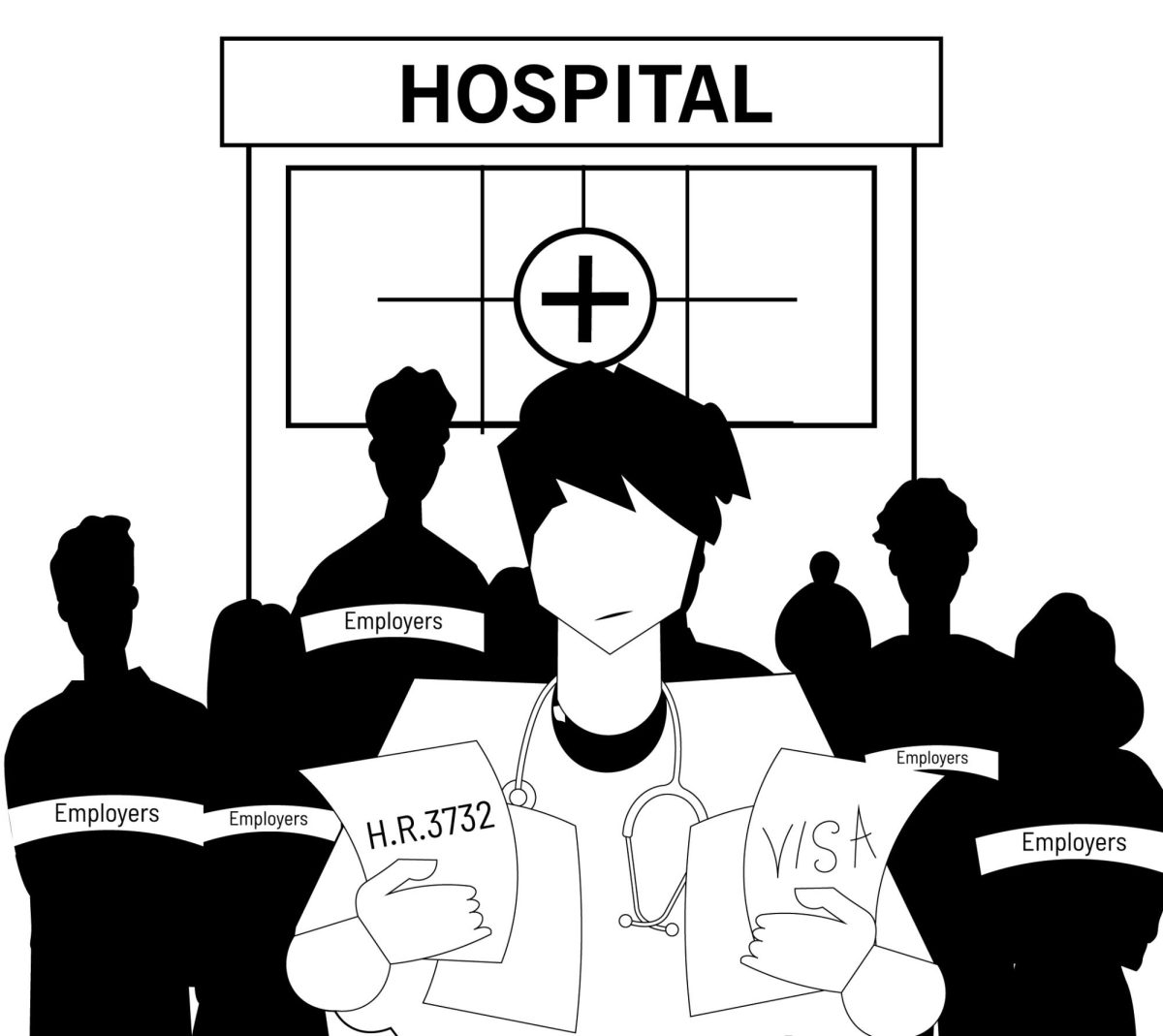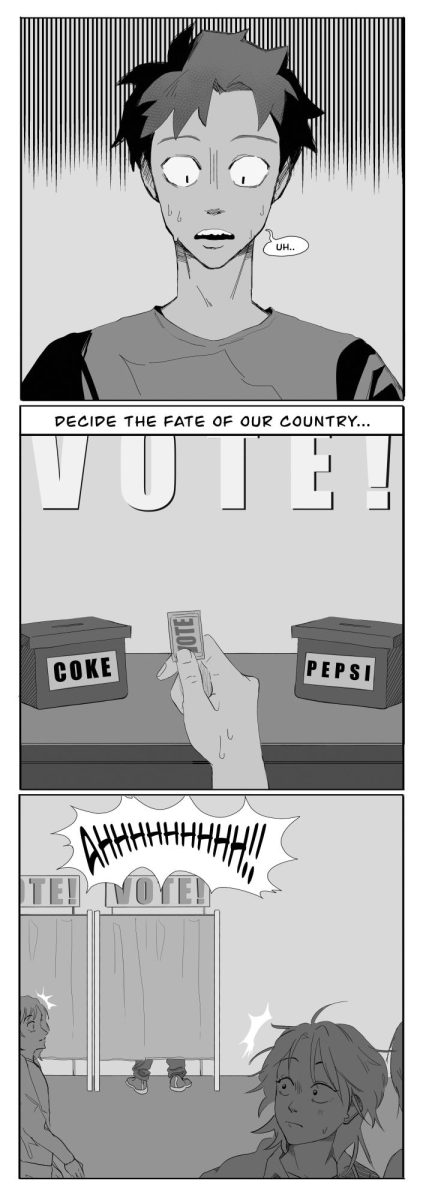Marijuana should not be decriminalized or legalized in Texas because the negative outcomes outweigh the positive benefits of cannabis.
The 2018 Farm Bill legalized hemp in Texas, which has low THC levels. But laws around cannabis could change in the future to allow for the sale of marijuana, which can have a high dosage of THC like the marijuana products sold in Colorado and California.
The thing that scares me the most is that once a compound or drug becomes decriminalized or legalized, there is always a tendency for young people, like high school and college students, to assume that it is safe for everybody regardless of age. It is exactly the opposite.
While cannabis has benefits, it also carries risks. By promoting alternatives to using cannabis and emphasizing the importance of a substance-free lifestyle, we can help build a healthier society.
Cannabis is a naturally found plant that has one psychoactive compound known as tetrahydrocannabinol, or THC, and the non psychoactive compound cannabidiol, or CBD.
In terms of getting high, people consume THC for recreational uses. And CBD or a mixture of CBD and THC for medical use. Cannabis at different dosages of THC and or CBD is known for pain and anxiety management, boosting focus and creativity and other medicinal purposes such as a sleep aid.
Emily M. LaFrance and Carrie Cuttler stated that while the media had been claiming that cannabis boosts creativity, they noted that their findings revealed the link between cannabis and creativity to be largely a false correlation.
While cannabis helps in anxiety and pain management, some marijuana users don’t consider the underlying mechanism and its long-term impact on mental health.
Although smoking hemp or marijuana is generally considered to be less harmful than smoking nicotine, smoking anything can still have negative effects on lung health and overall well-being.
Smoking, independent of the substances, has negative health effects. It decreases the capillaries and blood vessels and reduces cognitive capacity overtime. The scientific literature also states that it severely impacts lung function and increases the probability of strokes,
It is always advisable to consider alternative methods of consuming hemp, such as vaporization or ingestion, to minimize potential health risks associated with smoking.
When marijuana is ingested by smoking or taking an edible, it gets into the neural receptors that play some role in affecting our mood, energy or relaxation. Consequently, dependency starts to emerge in about 3 in 10 of its drug users, according to the Centers of Disease and Control Prevention. People who use marijuana during adolescence or use are at greater risk of developing marijuana use disorder.
Epidemiological evidence showed that young people who consume cannabis in any form are vulnerable to depression. The study also concluded that depression is not a strong predictor of seeking out cannabis, but the use itself makes people four times likelier to develop major chronic depression.
According to scientific data across Canada, the U.S. and Europe, people aged 16-24, including students and the working population, are twice as likely to use cannabis regularly. Almost 20% of this age group use cannabis daily through smoking, vaping or edibles. As dependency develops, the perceived benefits of cannabis tend to diminish.
Young users under the age of 24 are at a heightened risk of experiencing negative side effects from smoking THC, according to data published in psychiatry called “Bayesian causal network modeling suggests adolescent cannabis use accelerates prefrontal cortical thinning.” Their prefrontal brain is not fully developed, putting them at increased vulnerability for mental health problems later in life. This effect only occurs if the person is chronically exposed to THC


















